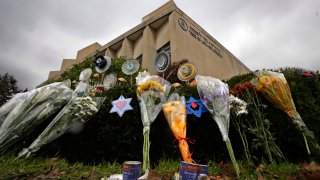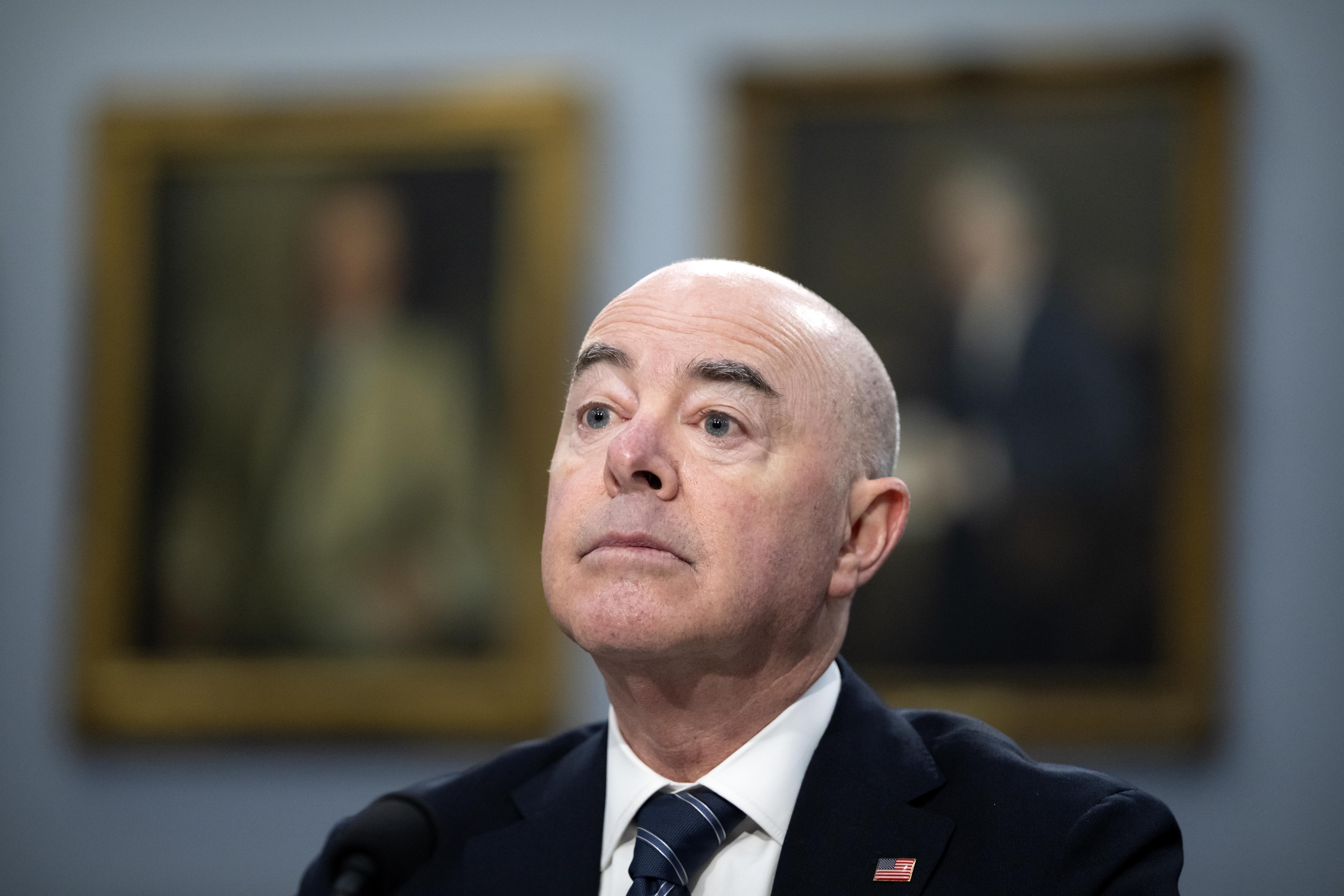
When he was working on the master plan for the post-9/11 World Trade Center site in New York City, architect Daniel Libeskind confronted a dilemma much like the one he will now face in helping revive another target of terrorist violence, the Tree of Life synagogue in Squirrel Hill, Pittsburgh.
The question is how to “memorialize a terrible event that no one should ever forget, yet at the same time create beautiful, inspiring spaces where people will want to live and work,” Mr. Libeskind later wrote of the World Trade Center project.
“If you make it too brutal, or too sad, no one will want to be there; if you wipe the slate clean, and proceed as if nothing happened, you just bury the pain and prevent healing,” he wrote in his book, “Edge of Order.”
Officials of Tree of Life / Or L’Simcha Congregation recently announced the choice of the New York-based Mr. Libeskind to be lead architect for the reconstruction of their synagogue, which has been closed since Oct. 27, 2018.
Get Tri-state area news and weather forecasts to your inbox. Sign up for NBC New York newsletters.
On that Shabbat morning, a gunman killed 11 worshipers from Tree of Life and two other congregations meeting there, Dor Hadash and New Light. Two more worshipers and four police officers were also injured in the attack. The suspect, who authorities say voiced hatred toward Jews online and at the scene, is awaiting trial on capital charges.
Tree of Life’s selection committee reviewed proposals from about a dozen architectural firms, interviewed finalists and were convinced Mr. Libeskind had both the professional skills to lead the site renewal and also the personal experience to understand the project’s importance, as a child of Holocaust survivors who immigrated here with his parents after facing communist-era antisemitism in Poland.
“He gets it,” said Rabbi Jeffrey Myers, who spent much of his life in the New York metropolitan area and saw the post-9/11 transformation of the World Trade Center under Mr. Libeskind’s master plan. Rabbi Myers sees that project as having incorporated the many stories of those affected by 9/11 while creating a site that’s both a memorial and a place of daily life and work.
U.S. & World
“We have complete confidence he’ll be able to do the same thing here,” said Rabbi Myers, a survivor of the 2018 attack.
Preliminary plans at Tree of Life are to preserve its large, main sanctuary, which was vacant on the day of the attack.
Other portions of the complex, including the chapel and other places where the murders occurred, are slated for demolition, although the historic stained-glass windows of both the chapel and the sanctuary are being preserved.
The reconstructed campus will also serve as the new home of the Holocaust Center of Pittsburgh, now located in Greenfield. The congregation envisions hosting programs with groups from the broader community.
Mr. Libeskind was chosen as master planner for the World Trade Center redevelopment after 9/11. His plan, called “Memory Foundations,” underwent significant changes with the involvement of architects, politicians, developers and others.
But the final result incorporated key essentials.
They included reserving the footprint of the original twin towers as a memorial, while constructing one tower whose spire reaches the symbolic height of 1,776 feet. The tower is flanked by other buildings while retaining enough open space for the sunlight to spread across the landscape during the mid-morning hours of every Sept. 11.
The memorial portion takes visitors to the bedrock of the site, symbolizing the “great foundations” from which New York rises to the aspirational heights of its skyline, Mr. Libeskind has said.
Tree of Life — where the date 10/27 is freighted with meaning in the way 9/11 is nationally — has its own set of needs for the site. These include memorializing those lost in the nation’s deadliest anti-Semitic attack, while enabling the site to be a space for Jewish worship and celebration, for education on past and present intolerance, and for community-building, all in defiance of the terrorist’s aims.
“Regardless of the transformation that takes place, it’s easy to say it’s a site of 10/27, and that’s all,” Rabbi Myers said. “To me, that’s not what we’re poised to become. We’re poised to transform that site of massacre into something incredible, that’s welcoming to all people, with so many different components: worship, study, reflection, creativity. To me, the only impediment is your imagination.”
He added: “I want it to be more than that people come and have this ‘Wow’ moment because of architecture. I want the ‘Wow’ moment to be, ‘Look how they transformed a site of massacre into this beacon of hope.’ ’’
Tree of Life’s congregation began worshiping at Rodef Shalom Congregation nearby in Shadyside after the attack. Since the onset of the pandemic, the congregation has largely been worshiping online, though it hopes to resume in-person worship soon. Dor Hadash and New Light, also worshiping at nearby synagogues, have decided to remain at their current locations.
“Rodef Shalom has been wonderful hosts and continue to be, but we’re eager to get back into our own home,” Rabbi Myers said. The congregation has made its home at the corner of Shady and Wilkins avenues for generations.
“It would have been easy to say that evil chased us from our home and we could not return,” he said. “We’re poised to be able to return.”
Mr. Libeskind, who will be working with the Pittsburgh architectural group Rothschild Doyno Collaborative, will be visiting the site later this month to begin the design process. Tree of Life officers said they were won over by his articulation of the architectural problems to solve:
“The challenge in Pittsburgh is to create a powerful and memorable space that addresses the worst anti-Semitic attack in U.S. history,” he wrote to the congregation as it sought a lead architect.
“When my parents, survivors of the Holocaust, and I came as immigrants to American we felt an air of freedom as Jews in this country,” wrote Mr. Libeskind. “What transpired in Pittsburgh has made me reflect on this belief and ask the question: How do we mark the event while affirming that America is the land of the free?”
He said the project must address the current intolerance “and the all too short memory of crimes against humanity.”
Hatred is a “force that has shaped much of my life,” Mr. Libeskind added. Today, “we see the flames of hate being fanned by leaders and politicians around the globe.”
“Yet I wholeheartedly believe in the light and optimism of the human spirit — that we overcome by telling stories and lifting our voices.”
___
Online:
https://bit.ly/3odqvTz



